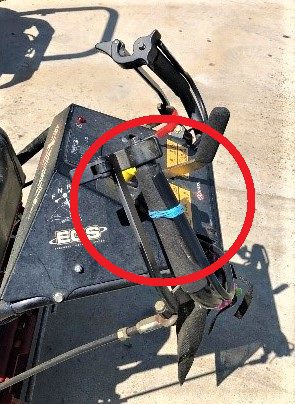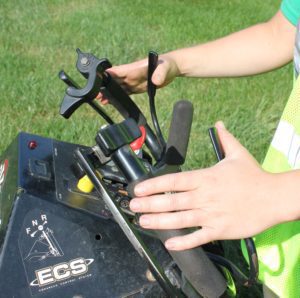 By: Dave Sanders, Director of Safety and Risk
By: Dave Sanders, Director of Safety and Risk
Why do companies have rules and procedures? Why is it important to follow these procedures? It is because they are an essential part of any organization. They provide the proper ways for running daily operations. As with any business, it’s important to understand why following the rules is critical to the success of our company. Rules and procedures are what make an organization run smoothly. They help us perform tasks correctly, use our time more efficiently, and increase production so that our company can grow and better serve our customers. But rules and procedures don’t do us any good if we don’t follow them.
The same is true for SAFETY. Safety rules and procedures are in place to keep workers from hurting themselves and to reduce liabilities resulting from auto and equipment incidents, thus limiting interruptions in production.
Reminder: General Safety Procedures
• Always wear proper PPE for the task being performed
• Seat belts are required whenever a vehicle is in motion
• Always use three points of contact when getting on or off equipment
• A spotter is required when backing any vehicle
• Report all unsafe conditions or accidents to your supervisor immediately
Simply put – following safety rules prevents accidents from occurring. Statistics show that 80% of accidents happen because workers do not take the proper precautionary measures or take a shortcut rather than follow proper procedure. Taking a perceived shortcut on the job is not actually a shortcut. The seconds you might save only increase the risk of injury and can cost, exponentially, much more in the end.
It is important to remember that each and every safety rule is in place for a reason. Experience has proven that when these rules are followed, they keep people safe. We make a safety rule either before an accident happens, based on known hazards, or after an accident to prevent a reoccurrence. When employees follow safety rules, fewer people get hurt and productivity increases because our best workers are on the job – not in a doctor’s office, urgent care or an emergency room. Equipment can also be the source of workplace hazards when not properly used or maintained. Proper training and using equipment in good working order as the manufacturer recommends can go a long way towards reducing equipment-related accidents. Remember, disabling or bypassing any safety feature is an invitation for disaster.


In the left photo, the main safety procedure on a walk-behind mower has been bypassed – the Operator Presence Control (OPC) lever has been attached to the handle of the mower in an attempt to disable the automatic stop when a crew member’s hands are removed from the handles. This is a dangerous shortcut – if a crew member were to lose control of the mower, the OPC wouldn’t initiate the automatic stop and the mower would be free to proceed at an alarming speed in any direction.
The photo on the right demonstrates the proper way to operate a walk-behind mower, with the crew member’s hands placed on the handle and thumbs resting against the OPC. Because the OPC is not tied down, the crew member can safely start and stop the mower as needed.
Safety rules set the confines within which you may work. They are in place for everyone’s protection and there is no valid excuse not to follow them. It is a condition of employment.
There will always be a level of risk in anything we do throughout the landscape industry. Keeping those risks as low as possible must be our goal. Having a good set of work safety rules, constantly striving to improve those rules, and training all employees to follow the rules will make for a safe work environment where it is more likely that no one gets hurt, and everyone goes home safely at the end of the day.
Following safety rules and procedures is the best way to protect our most valuable resource – YOU.
 By: Dave Sanders, Director of Safety and Risk
By: Dave Sanders, Director of Safety and Risk